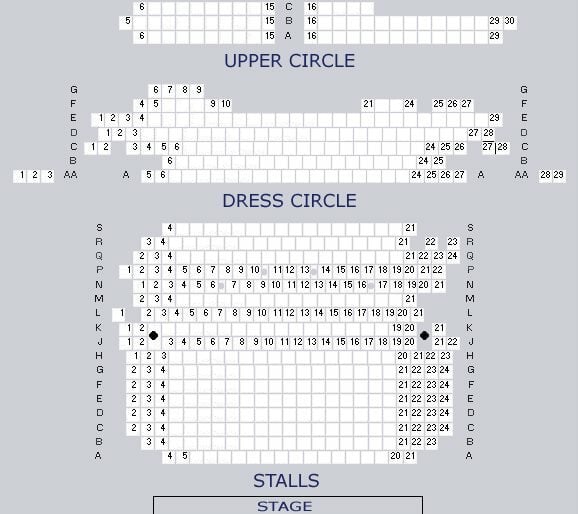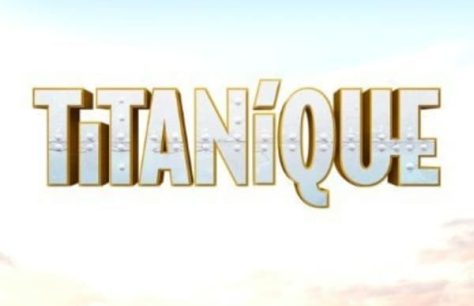The Criterion Theatre is located in the heart of the West End, on Piccadilly Circus opposite the famous statue of Eros, and is close to London’s Soho and China town district.
The Criterion Theatre began life in the 1870s as the Regent’s Circus, which Thomas Verity, a Victorian entrepreneur, built on the site of the demolished White Bear inn. It opened on March 21st 1874 to a programme including Topseyturveydom by W. S. Gilbert – of Gilbert and Sullivan fame.
A year later, Charles Wyndham arrived on the scene and propelled the Criterion to become one of London’s best known venues for comedies, even after he established his own theatre near Leicester Square in 1898.
In the late 19th century, London underwent a transformation where the gas-fuelled street lamps were replaced by electric versions. In 1883, the gas-lit Criterion Theatre was deemed a fire risk by the Metropolitan Board of Works, forcing it to close for works to modernise it. It re-opened the next year, not just free of fire risk but also with electric lighting and surprisingly for its time, air conditioning. It remains one of the few West End theatres to operate air conditioning still today.
The Criterion enjoyed a relatively short spell of successful productions before closing again in 1902 for further renovations. Four years later, London Underground’s Piccadilly tube station opened, bringing with it the growling sound of the trains that are still familiar today.
The 1920s brought yet another light revolution – the first electric billboards were installed in 1926 on the opposite building, the London Pavilion, and these remain an impressive site for patrons attending performances at the Criterion even in the 21st century.
Despite the Great Depression of the ’30s, the Criterion remained resilient, enjoying success with the likes of Musical Chairs starring John Gielgud, and French Without Tears by Terence Rattigan, which enjoyed an epic three-year run.
However, owing to its being commissioned by the BBC as an underground radio studio, the Criterion was forced to remain ‘dark’ throughout World War II.
Shaking off the dust that London was left under with the performance of Waiting for Godot, Samuel Beckett’s absurdist play, the Criterion placed itself firmly in the centre of the post-war theatre movement in the ’50s.
The swinging ’60s saw a whole host of classics being performed at the Criterion, including John Mortimer’s Lunch Hour and Harold Pinter’s A Slight Ache in 1961, an adaption of A Severed Head by Iris Murdoch and the controversially camp Loot by Joe Orton which won the Evening Standard’s Play of the Year.
The ’70s saw the Criterion being threatened by the Greater London Council which planned to redevelop the area. However, several prominent West End names including Diana Rigg, John Gielgud and Warren Mitchell came to its rescue.
The Criterion was home to a series of farces in the ’80s, including Can’t Pay? Won’t Pay! from 1981-83, and Run For Your Wife from 1983-89.
In 1992, the Criterion underwent a facelift when Sally Greene founded the Criterion Theatre Trust, who oversaw a complete restoration and commissioned the celebrated interior designer Laurence Llewelyn-Bowen to overhaul the foyer and auditorium.
From 1996, the Reduced Shakespeare Company took up residence at the Criterion for nine years, performing The Complete Works of William Shakespeare (abridged), The Complete History of America (abridged) and The Bible: The Complete Word of God (abridged).
From 2006 to 2015, the Criterion Theatre became the home of The 39 Steps, a comic take on the Hitchcock classic using just four actors to play the part of 130 characters!
Criterion Theatre tickets in London:
- The Comedy About A Bank Robbery (Mar 2016 – Oct 2016) click here.




